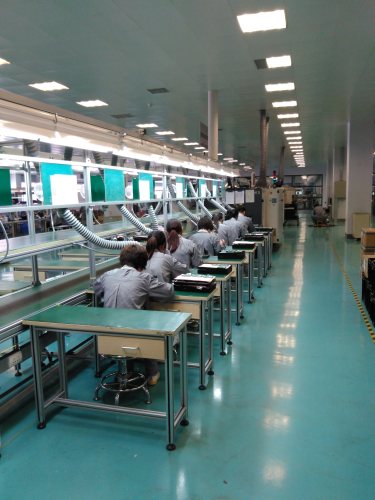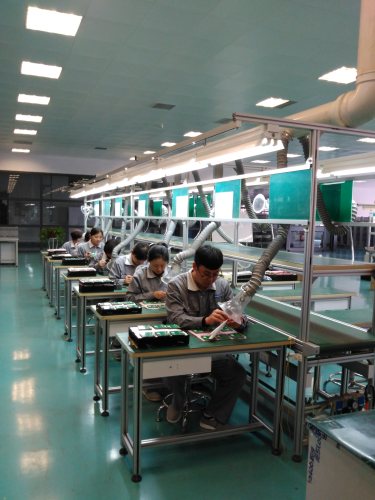CE620 Liquid Extraction Unit Vocational Education Equipment For School Lab Heat Transfer Experiment Equipment
A laboratory liquid / liquid extraction column designed for use with Kerosene (Paraffin) and Acetic
acid.
• Touch panel for control / calibration of pumps and display of measurements
• Recommended system uses water to separate Acetic acid from Kerosene
• Operation with the organic or the aqueous phase as the continuous phase inside the column
• Location of the phase boundary is predetermined by the density difference between the phases with
no sensors or controls involved
• A single valve sets the organic phase or the aqueous phase as the continuous phase as required for a particular exercise
• Simple adjustment of lower phase boundary to compensate for variation in specific gravity of the
organic phase
• Sensors measure the temperature and conductivity of the aqueous phase before and after the extraction process allowing the concentration of acid to be determined and the extraction efficiency to be calculated
• Includes PC software allowing data logging of measurements and calculation of acid concentration
in the aqueous phase
• No solvent recovery system is necessary using the recommended Kerosene system, (the used Kerosene can be disposed of, or else reused by performing a simple assay and topping up with acetic acid)

• Designed to handle Kerosene with a thermostat to limit maximum operating temperature for safe operation
• Pneumatic diaphragm pump used to minimise risk of ignition of the organic phase
Technical Details
• Column length approx. 1.6m (1.2m working length), 50mm diameter, made from glass
• Column packed with preferably 15mm glass Rashig rings
• Aqueous phase circulation system with a approx. 25l feed tank, approx. 25l return tank and variable
speed pump. Pump is calibrated and gives flows of approx. 50-250ml/min
• Organic phase circulation system with an 18l feed tank, 18l return tank and variable speed air operated pump. Pump is calibrated and gives flows of approx. 50-250ml/min
• Includes valves for taking samples of both phases for analysis
• Touch panel for control / calibration of pumps and display of measurements
• A single valve sets either the organic phase or the aqueous phase as the continuous phase
• Fine adjustment of the lower phase interface to compensate for variation in specific gravity of the
Kerosene
• Instrumentation measures the inlet and outlet concentrations in the aqueous phase when using the recommended acid
• Data logging as standard, software calculates acid concentration in the aqueous
